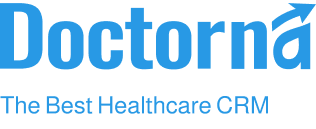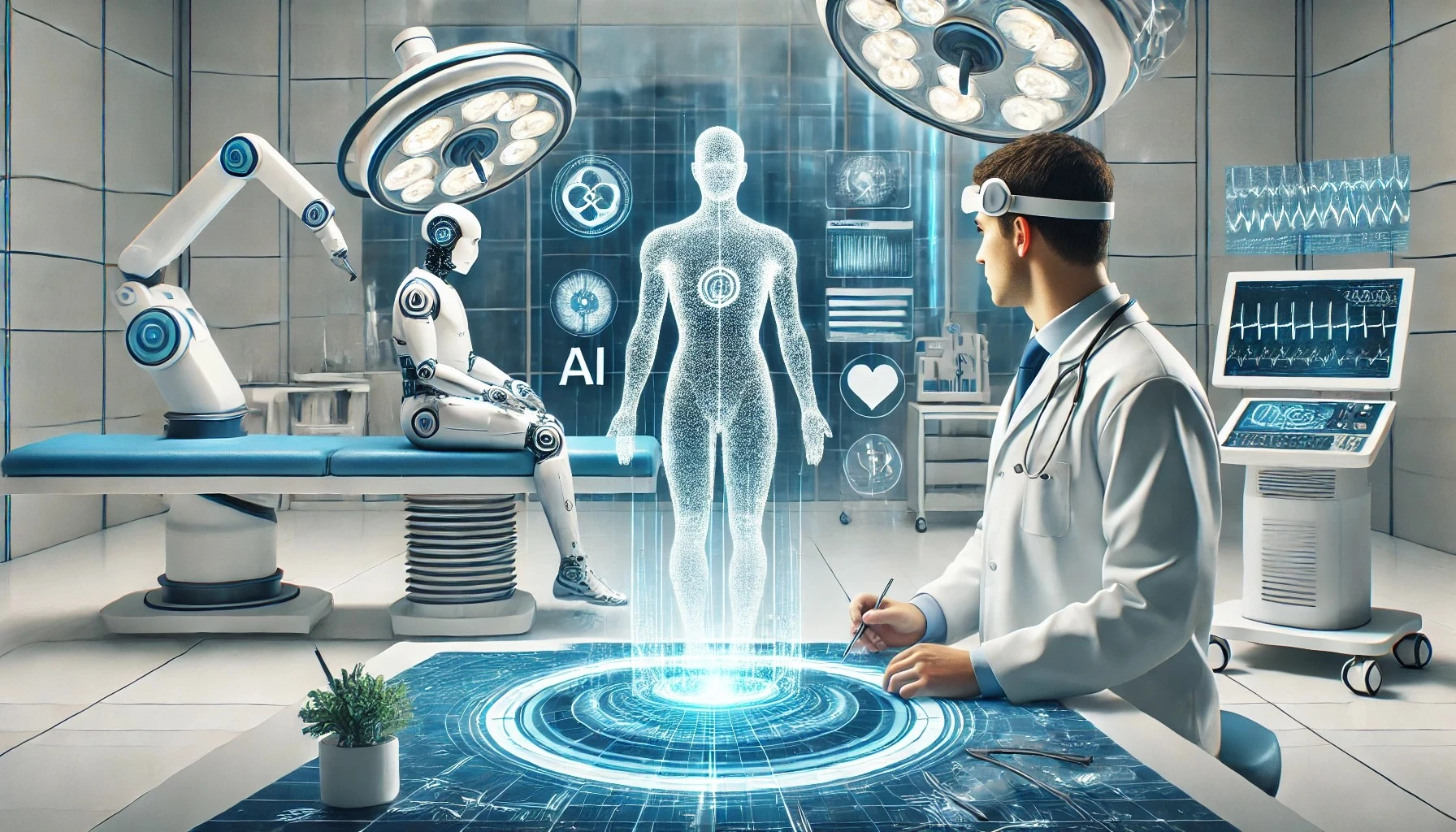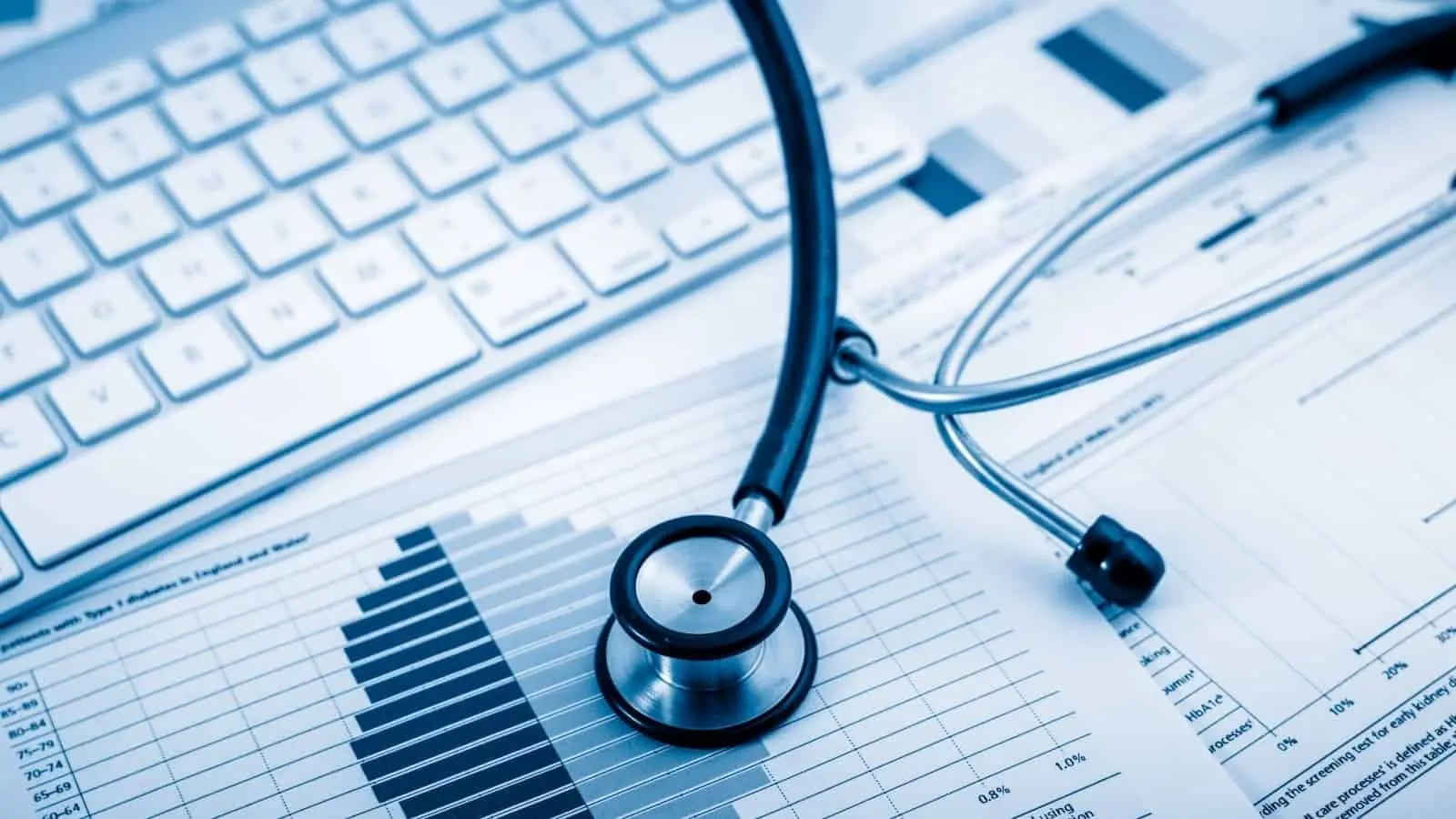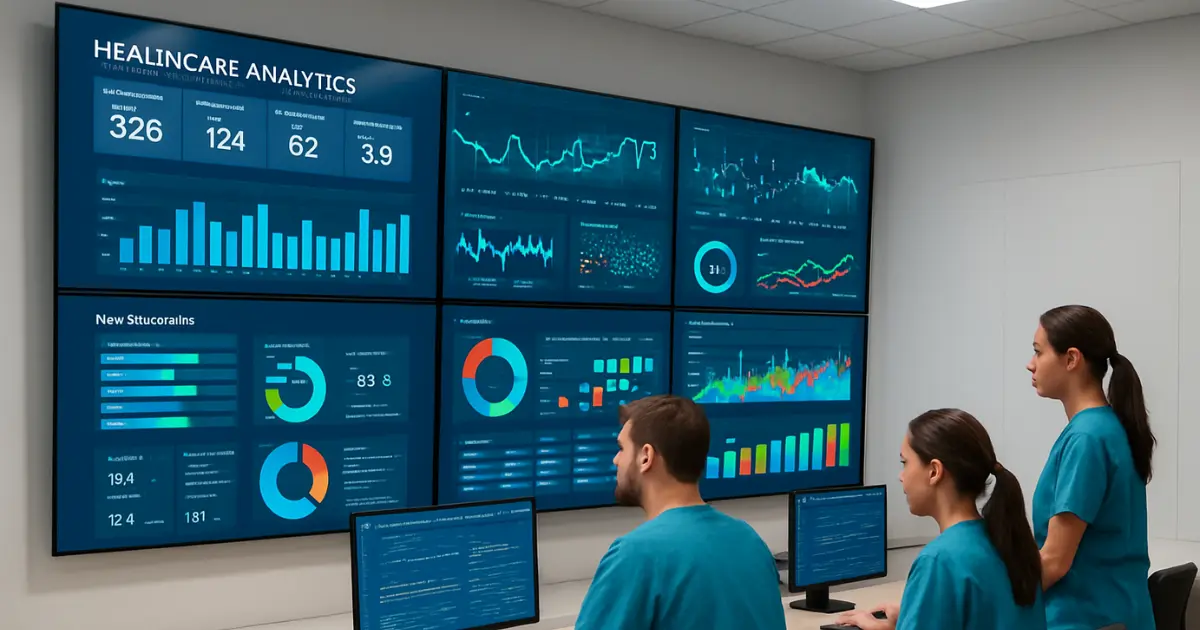A. The Rise of Telemedicine in Modern Healthcare
First implemented in the 1950s, telemedicine has become a rapidly evolving tool in the healthcare industry. Although it was widely used for medical training and education years ago, the 2020 pandemic fueled the demand for remote monitoring. Today, it is an expected standard in the healthcare landscape. In fact, 76% of hospitals in the United Nations [UN] connect with patients using forms of telemedicine. Radiology, emergency medicine, pathology, psychiatry, cardiology, dermatology, and oncology are a few of the sectors that have reported highest proportions of telemedicine encounters.
Some of the many benefits of telemedicine includes:
- Reduced travel costs and time
- Reduced waiting periods
- Decreased risk of transmission of communicable diseases
- Increased convenience
- Facilitates seamless care coordination
- Connects remote communities with healthcare providers
Telemedicine shows great potential as a triage method that could reduce wait times and patient volumes in emergency departments. As telemedicine is only expected to scale, it becomes increasingly crucial to manage patient interactions efficiently and safely. And, this is where healthcare CRM solutions come into play. By integrating CRM technology with telemedicine platforms, medical professionals can offer streamlined and personalized care.
B. How CRM Systems Enhance Telemedicine
CRM systems serve as the foundation of patient management in telemedicine. Let us explore the five primary ways CRMs enhance telemedicine services:
- Patient Data Management and Integration: As services are performed remotely, it is crucial to keep accurate and up-to-date records of patients. CRM systems offer a centralized hub where medical professionals can store and analyze essential patient information, such as medical history, treatment plans, medication details, and others. By integrating telemedicine with CRM solutions, healthcare providers can access vital data during online consultations, ensuring they have the most relevant and updated information at their fingertips.
- Personalized Communication and Engagement: The cornerstone of telemedicine is effective communication between healthcare providers and patients. A CRM system enhances communication through automated appointment reminders, follow-up messages, and prescription updates. Additionally, personalizing messages based on individual conditions also improves engagement.
- Automation of Administrative Tasks: One of the significant benefits of CRM is its capability to automate administrative tasks. Automating tasks reduces the workload for the medical team and enables them to focus on enhancing patient care. In addition to saving time, task automation also ensures the accuracy of patient records, as CRM systems automatically update profiles based on the latest information received during telemedicine visits.
- Improving Patient Retention and Satisfaction: A well implemented CRM system allows healthcare providers to track and analyze patient behavior, helping them identify patterns and areas of improvement. For instance, if a patient consistently misses their consultation, the CRM system can flag this behavior, prompting the team to reach out and understand their challenges. This personalized approach not only showcases the provider’s care but also motivates the patient to remain engaged with the telemedicine platform.
- Security and Compliance in Telemedicine: Data security and compliance are fundamental pillars of telemedicine. CRM systems designed for healthcare are built with robust security features that comply with regulatory standards.
B. The Future of Telemedicine and CRM Integration
As healthcare technology continues to evolve, we can expect innovations like artificial intelligence [AI] and machine learning [ML] to make their way into the system. Such integrations will enhance CRM solutions, enabling highly advanced predictive analytics and personalized care.
Additionally, the advancement of wearable technology and remote monitoring devices will provide real-time health data to CRM systems, allowing providers to monitor patients closely and intervene when necessary.
C. Conclusion
Certainly, telemedicine and CRM systems form a powerful duo that creates a seamless experience for both providers and patients. By centralizing data, automating administrative tasks, and ensuring data privacy, CRM solutions enhance the efficiency and effectiveness of telemedicine services. As these tools continue to advance, they will pave the way for a more personalized, efficient, and secure healthcare delivery.







